Implementing MYOB Acumatica – a phased approach to success
If your business has outgrown basic accounting solutions and you want to realise the true benefits of technology and digital transformation, you might be thinking – an ERP solution is an important next step in my technology investment. ERP solutions offer a lot more than accounting and finance software. An ERP solution works across the entire organisation to combine all aspects and divisions of the company into a single, consolidated and integrated solution. For example, the MYOB Acumatica (formerly MYOB Advanced) ERP solution offers:
- Finance
- Distribution and logistics
- Warehouse management
- Purchase planning
- Manufacturing
- CRM
- Business Intelligence reporting and analytics
Within each business area, there is a lot of additional functionality that can be implemented. In inventory, you can implement serial number traceability, batch traceability, multiple warehouses, bin locations and more. There are integrated solutions for bar-code scanning / wireless warehouse and transport management.
Companies that are currently using entry-level accounting solutions and want to move to a full ERP solution get very excited when they review MYOB Acumatica. As an easy-to-use, quick-to-implement, cloud solution for growing companies MYOB Acumatica fits the bill for many growing small to medium-sized companies across Australia.
The real question for many small to medium companies is an evaluation of how they should implement MYOB Acumatica. With so much functionality on offer, what implementation approach will work best to balance the risks of timeline and budget allocated to ERP with the return on investment and advantages to be gained from successful implementation?
Factors to be considered include:
- ERP implementation budget – can you implement the solution within your budget? Has enough budget been allocated to the system implementation, user training, project management, user acceptance testing and system configuration?
- On-going cloud and support fees – what are the ongoing / per-user cloud fees? What will additional users cost?
- Internal resources to implement ERP – does your business have the internal resources (super users, project managers, subject matter experts) to allocate to the implementation process whilst still managing their day-to-day jobs?
- Timeline – are the timelines that you have set realistic? Do you have the resources available to meet or exceed timeline expectations?
- Current system pain points – what are the reasons for changing systems – where is the current “pain” and areas for improvement in the business?
- Legal/compliance requirements – does your business have any specific legal and fiscal requirements or compliance issues that need to be addressed? For example HACCP traceability (food) or TGA / FDA requirements – (medical/pharmaceutical) industry standards?
- Expected ROI (Return on Investment) – what is the expected ROI timeframe and how does the business make sure that these ROI objectives are met or exceeded?
The challenge is balancing two competing factors – new functionality and the associated business improvement with budget and resourcing requirements. Larger projects to implement bigger functional footprints will require higher budget and resourcing requirements:
- Bigger implementation budgets
- Extended timelines
- Additional change management
- More internal resource and project management
As the amount of budget, resources, timeline and complexity increase so do the risks of project failure. A measured approach to ERP implementation balances the risks and complexities of managing an MYOB Acumatica implementation with the benefits of implementing ERP. In creating a well-budgeted approach to system improvement whilst reducing the risks of budget and timeline creep a well-tried and tested method is a phased implementation approach. Using a phased implementation approach allows a business to implement a “foundation system/baseline” functionality during phase I of the implementation process and then to build out additional functionality in a phased approach.
As an example, a wholesale/distribution business might implement the following phases:
Phase 1 – Core functionality:
Finance, banking, inventory, purchasing, sales, standard reporting
Phase II – Added benefit:
E-commerce integration / EDI / CRM
Phase III – Extended logistics:
Purchase planning, advanced warehouse management, wireless warehouse, transport management
Phase IV – BI and analytics:
Business Intelligence and analytics – across one or multiple databases
Phase V and beyond – added benefits:
Accounts payable automation, expense management integration and more
Breaking this implementation down into four+ phases gives the users and implementation team time to master each new set of functions and features before beginning the next phase of implementation. This also allows for smaller budget allocation per phase and less demand on internal resources (project management, super users and subject matter experts). In most small to medium-sized businesses, internal resources are not allocated full-time to the implementation of MYOB Acumatica. A phased approach to implementation creates less day-to-day demand on the user’s time. There are some potential downsides to the phased implementation approach – most importantly, it will take longer to realise your productivity and system advantages.
Each business should evaluate its own resources and requirements before deciding on a phased approach to implementing MYOB Acumatica. The business might have urgent requirements that need addressing in phase I or, the business might have the luxury of having access to dedicated project management resources and internal subject matter experts. The team at Leverage Technologies are experts at implementing MYOB Acumatica (formerly MYOB Advanced). We can help you decide on which implementation methodology and processes are best for your business.


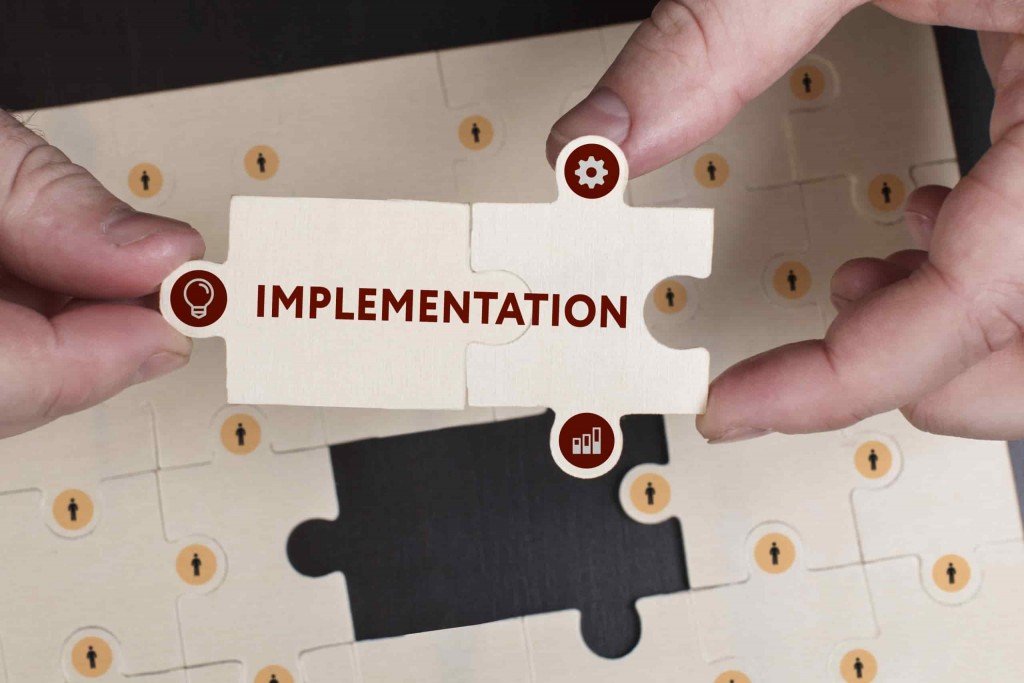
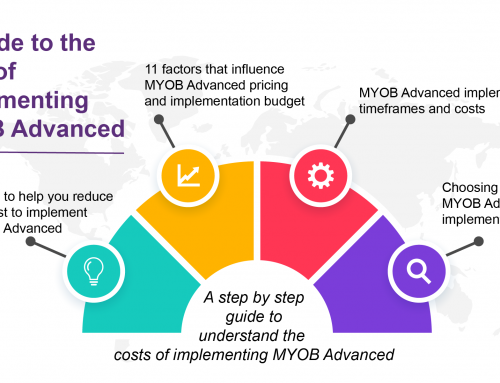
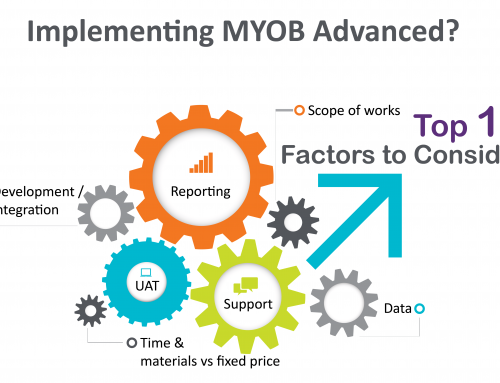

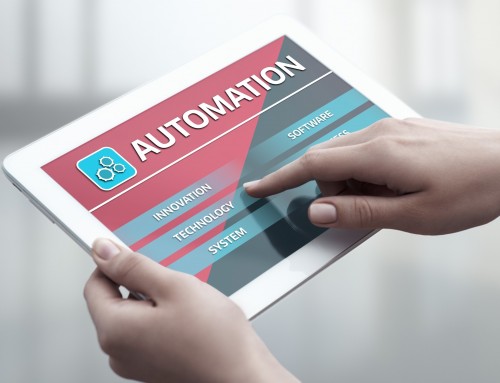
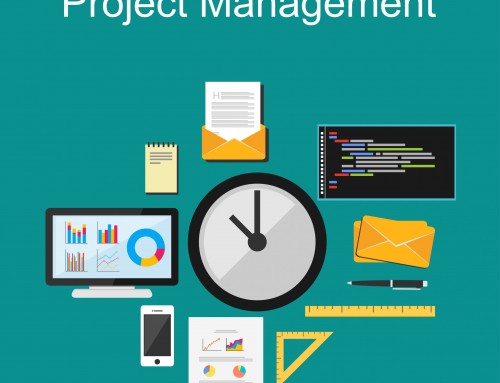
Leave A Comment